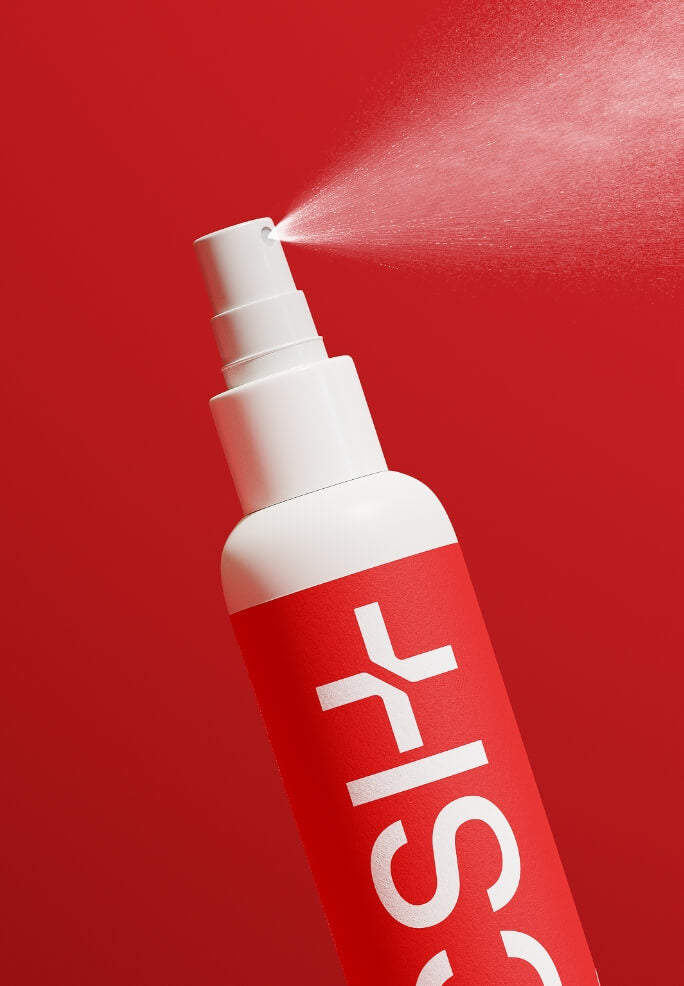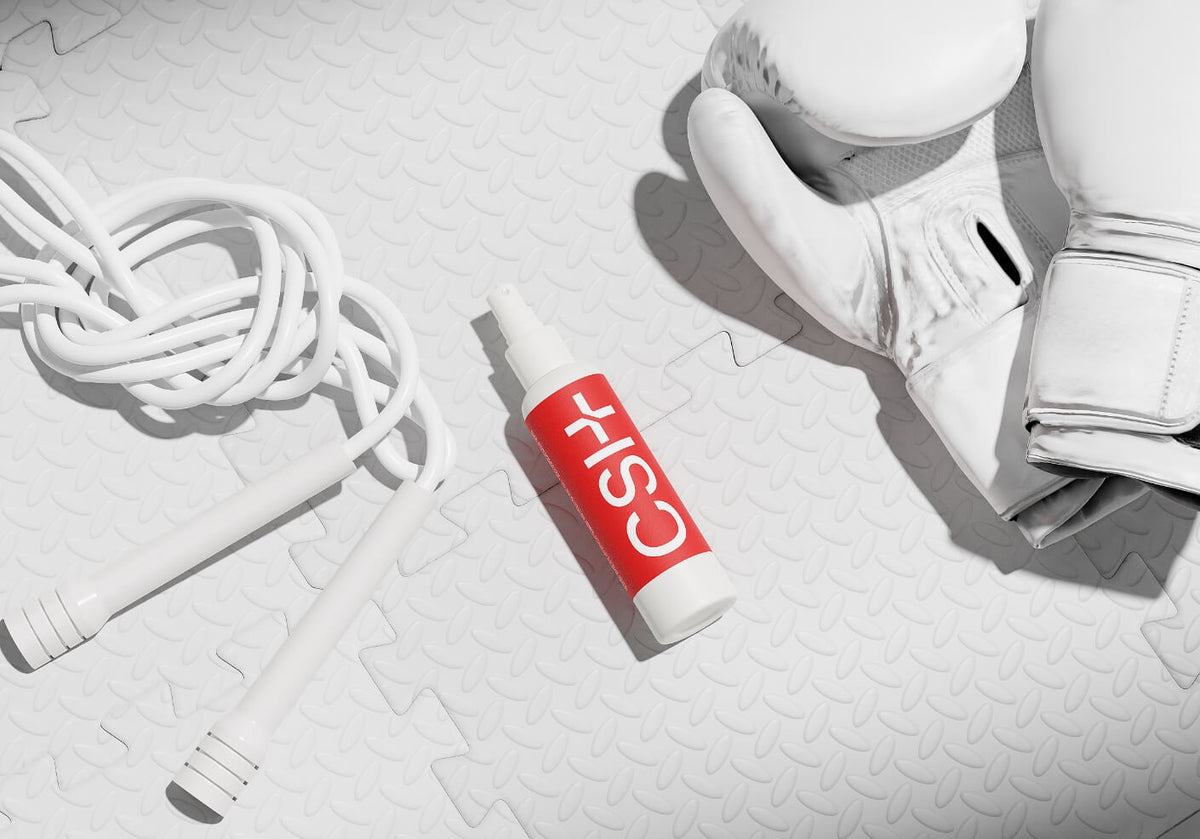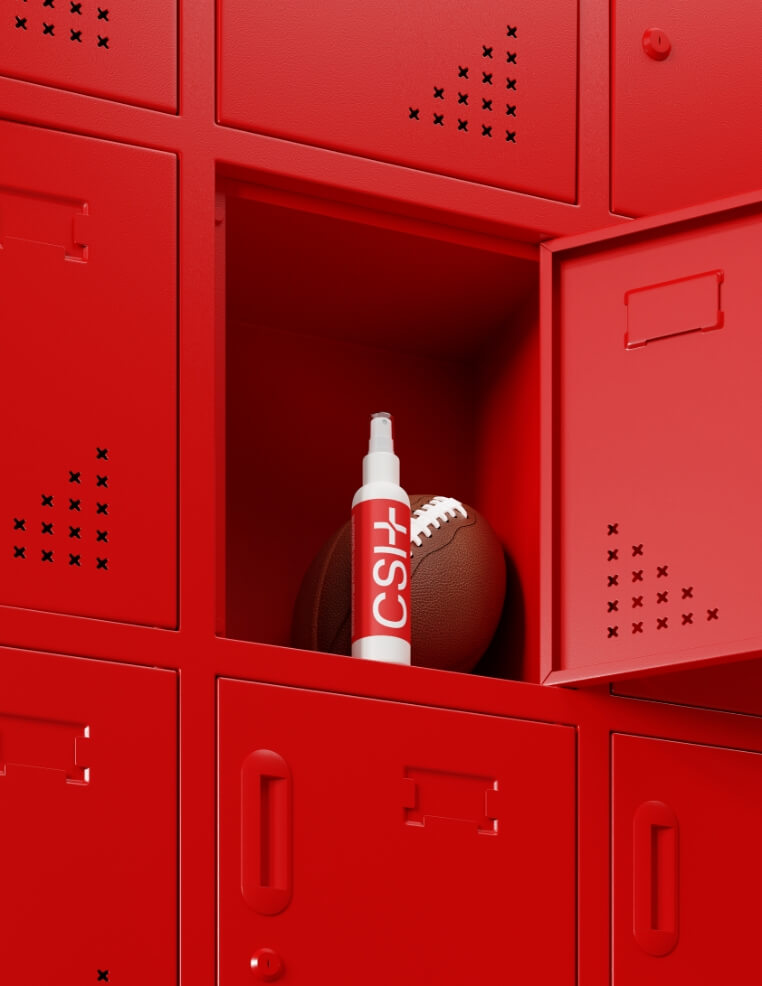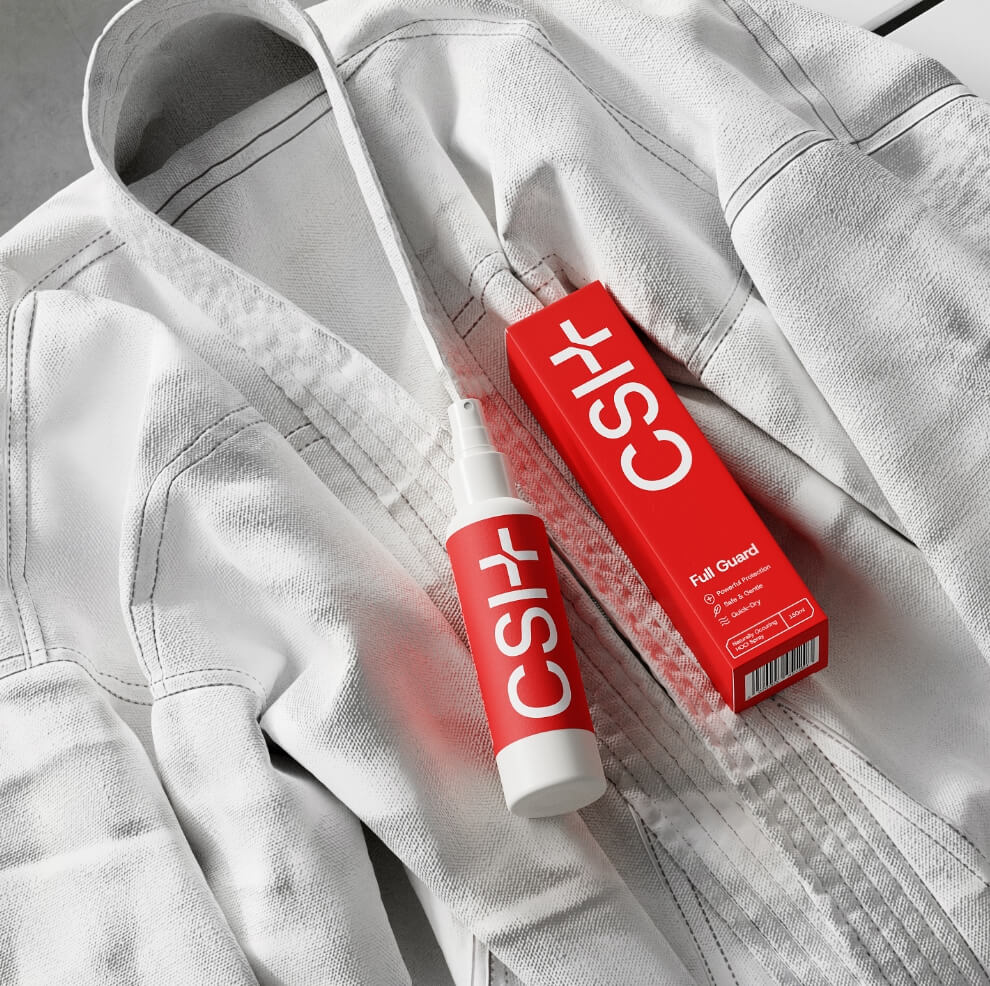Athlete’s Foot - Information for Athletes
Athlete’s Foot: A Comprehensive Guide for Healthy Feet
What It Is
Athlete’s foot, medically known as tinea pedis, is a common fungal infection that primarily affects the skin on the feet. These fungi thrive in warm, damp environments—locker rooms, public showers, and swimming pools are frequent breeding grounds.
Despite the name, you don’t need to be an athlete to develop it. Anyone whose feet are regularly exposed to moisture and heat is at risk. The fungus responsible for athlete’s foot feeds on keratin, a protein in the skin and nails, and is closely related to other infections like ringworm and jock itch.
For more guidance on foot hygiene and its impact on overall health, visit Sports Hygiene.
What It Looks Like and How to Spot It
- Red, scaly patches: Most commonly between the toes, often the first visual indicator.
- Intense itching: A persistent itch, especially after workouts or exposure to moisture.
- Burning or stinging: Many report discomfort in affected areas.
- Cracked or peeling skin: Especially in advanced stages, potentially leading to bleeding or secondary infections.
- Dry, flaky appearance: Often found on the soles or between the toes.
Early recognition makes treatment more effective and limits the chance of spreading it to others. Explore Sports Hygiene for visual examples and expert insights.
What to Do If You Think You Have It
- Inspect your feet: Look between your toes and on the soles for redness, scaling, or peeling.
- Clean thoroughly: Wash with warm water and soap. Dry thoroughly, especially between the toes.
- Avoid sharing items: Do not share towels, shoes, or socks.
- Use over-the-counter treatments: Antifungal creams, sprays, or powders applied twice daily can be very effective.
- Continue treatment: Don’t stop once symptoms fade—follow through the full course to prevent recurrence.
- See a healthcare provider: If symptoms persist or worsen, seek medical advice for stronger prescription treatments.
Find additional management strategies at Sports Hygiene.
How It Spreads
- Direct contact: Walking barefoot in communal showers or pool areas.
- Contaminated surfaces: Gym mats, locker room floors, and even shoes can harbour fungal spores.
- Shared personal items: Borrowed socks or towels can transfer the infection.
- Warm, moist environments: Wearing damp shoes or not drying feet after exercise creates an ideal fungal habitat.
Maintaining foot hygiene and keeping shared spaces clean is essential. See Sports Hygiene for prevention protocols.
Prevention
- Daily foot care: Wash and dry your feet thoroughly every day, especially between the toes.
- Breathable footwear: Choose shoes made from breathable materials and rotate them to let them dry out.
- Protective footwear: Always wear flip-flops or shower shoes in communal spaces.
- Preventive antifungal use: Use powders or sprays if you’re prone to infection or exposed to high-risk environments.
- Don’t share: Keep your towels, shoes, and socks personal.
For detailed prevention advice and product suggestions, visit Sports Hygiene.
Treatment Options
- Over-the-counter antifungals: Products with clotrimazole or terbinafine are effective when applied consistently over several weeks.
- Prescription treatments: For more resistant infections, doctors may prescribe stronger topicals or oral antifungals.
- Natural remedies: Tea tree oil and vinegar soaks may provide relief but should complement—not replace—medical treatment.
- Foot care routines: Clean and air out shoes and socks regularly. UV shoe sanitisers may help eliminate spores.
Stick with treatment until fully resolved. For tailored recovery strategies, refer to Sports Hygiene.
Scientific Information
Athlete’s foot is caused by dermatophytes, with Trichophyton rubrum being the most common species. These fungi feed on keratin and thrive in warm, moist environments.
Fungal Biology
Dermatophytes are opportunistic. Once your feet provide warmth, moisture, and dead skin cells, the fungus colonises, breaks down keratin, and causes the hallmark inflammation, peeling, and itchiness.
Research and Resistance
Advances in mycology have identified enzymes and genetic pathways that fungi use to survive and resist treatment. This is driving the development of newer antifungal medications.
Public Health Implications
Scientific evidence strongly supports proper hygiene—of feet, shoes, and communal environments—as essential in reducing fungal transmission. Stay informed with updates from Sports Hygiene.
Conclusion
Athlete’s foot may seem minor, but it can seriously disrupt your comfort and routine. Understanding its causes, recognising early signs, following the right treatment, and practising daily prevention puts you in control.
From consistent foot hygiene to the latest in antifungal research, every effort contributes to healthy, fungus-free feet. Stay educated, act early, and walk confidently—learn more at Sports Hygiene.



